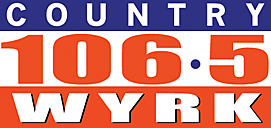
Dale’s Daily Data: Coffee Rationing
It’s pretty routine for a lot of people. You get up in the morning and have a cup of coffee or two or three. But it got tough on a lot of people back in 1942 when coffee joined the list of things being rationed in the United States as part of the war effort. Coffee drinkers were limited to one pound per person every five weeks. It wasn’t so much that there was a shortage of coffee. Latin American countries were on a record pace for producing it. But shipping it was one of the big problems. They needed to ship so many other things to the troops overseas.
Initially rationing was voluntary – in the name of patriotism. At the beginning of the war President Roosevelt launched a round up of scrap rubber like garden hoses, tires, bathing caps because the Japanese had captured some of the sources of American rubber.
But as German U-boat attacks on U-S cargo ships began to increase, gas became the first thing to be rationed. In 17 eastern states, car owners were limited to 3 gallons of gas a week. Within months the rationing of gas extended across the country. You had to display a rationing stamp on your car’s windshield to verify you were legal.
After that it was butter, then sugar, then milk. Throughout the war, one third of all food products came under some kind of rationing. If you had enough money to buy the stuff at an inflated price you could still find it on the black market.
Sugar continued to be rationed two years beyond the end of the war. Some items came off the rationing list early. Coffee was one of them. But it was a tough couple of months for coffee drinkers starting on November 29th, 1942.
More From 106.5 WYRK







